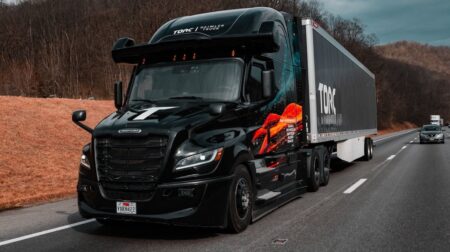UK start-up Stratospheric Platforms has partnered with engineering firm Cambridge Consultants to develop an unmanned aerial vehicle (UAV) that delivers 5G connectivity from the skies.
The high-altitude pseudo-satellite UAV has a wingspan similar to a jumbo jet – 60m – and a payload of 140kg.
Powered by a hydrogen fuel-cell, the UAV can be airborne at an altitude of 20,000m for more than a week.
An antenna system designed by Cambridge Consultants embedded into the UAV will create 480 individual beams and provide even coverage of 5G to areas up to 87 miles in diameter.
According to Cambridge Consultants, the antenna is the largest of its kind in world. The full-scale version will be 3m2 yet light enough to be carried by a zero-emission aircraft, weighing no more than a medium-sized van.
The UAVs will reportedly deliver superfast 5G at a fraction of the cost of building and maintaining terrestrial infrastructure, and deliver minimal environmental impact due to being hydrogen powered.
Richard Deakin, CEO of Stratospheric Platforms, said: “We’ve built, designed, marketed and developed this very much for telecoms applications but, when you have a platform at that height, with that power, for that endurance, there are quite a few interesting things that you could do with it other than just telecoms.”
The technology was trialled in October over Bavaria with partner and shareholder Deutsche Telekom.
The system is expected to enter service by 2024.







